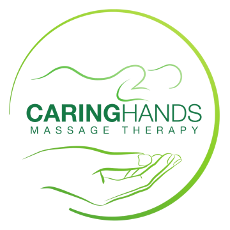So you’re thinking about getting a massage. Should you go to a spa? Or should you find a Registered Massage Therapist (RMT) at a clinic? What’s the difference between the two?
Here are four differences:
Focus
At a spa, the massage practitioner’s focus is on your relaxation and comfort. Generally, this will mean the techniques used are drawn from Swedish massage and are adapted to the client’s preferences. Spa massages can be one-time events.
At a clinic, the RMT’s goal is to treat your health concerns such as chronic pain. The client will undergo a detailed assessment of what the problem areas of the body are and the RMT will use whatever methods s/he deems most appropriate to treat the issues (e.g., Swedish massage techniques, Myofacial release, trigger point therapy, etc.). Usually, treatment will take place over a series of visits, until the client is back to full health.
Atmosphere
The spa atmosphere is geared to put you at ease. Gentle lighting, soothing aromas, calming music and simple aesthetics are carefully designed to help you exhale the moment you step through their doors. Spas also offer other services such as body scrubs and hand and foot treatments to complete the pampering experience. Some spas even provide lunch!
Clinics are designed more for functionality than luxury. Usually at a massage clinic, you will be seen in a private room with a massage table. Depending on the therapist, there may be music and gentler lighting to help you relax.
Training
A massage practitioner working in a spa will have training from a college or a school of aesthetics. Some new RMT graduates will work at a spa to gain experience before moving into a clinical setting.
In British Columbia, Registered Massage Therapists need to attend college for about two years and are required to pass the College of Massage Therapists of British Columbia (CMTBC) certification exam. They are also members of the Registered Massage Therapists Association of British Columbia.
Cost
At a spa, massages are usually priced by the hour and tips are expected. Massages at spas are not covered by medical insurance.
Clinical massages are priced according to the recommended fee schedule issued by the Registered Massage Therapists Association of British Columbia. Included in clinical time are five components:
1. Administration
2. Assessment
3. Evaluation
4. Treatment
5. Patient Education
Massages given by a RMT can qualify for insurance coverage. Tipping is not expected.
In summary, if you’re looking for a relaxing experience, a spa is probably a better fit. But if you’re looking to treat an injury or health condition, find a Registered Massage Therapist. Either way, massage is beneficial for your physical and psychological health!

